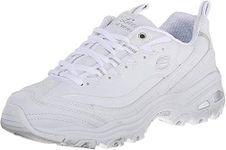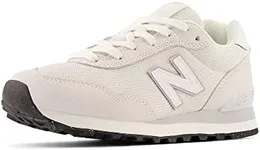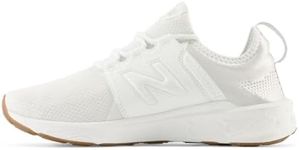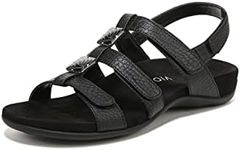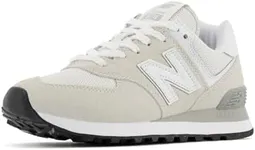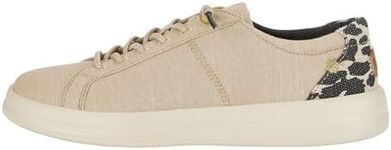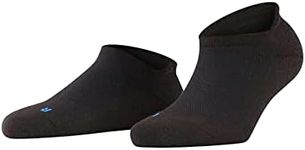Buying Guide for the Best Ortho Shoes Women
When it comes to choosing the right ortho shoes for women, it's important to focus on comfort, support, and fit. Ortho shoes are designed to provide relief from foot pain and to support the natural alignment of your feet. They can be particularly beneficial for those with specific foot conditions such as plantar fasciitis, bunions, or flat feet. To ensure you select the best pair for your needs, consider the following key specifications and how they relate to your personal requirements.Arch SupportArch support is crucial in ortho shoes as it helps to distribute pressure evenly across your feet and provides stability. This is especially important if you have flat feet or high arches. Shoes with good arch support can prevent pain and discomfort. When choosing, look for shoes that offer firm and contoured arch support. If you have flat feet, you might need more pronounced arch support, whereas those with high arches may require cushioned support to fill the gap.
CushioningCushioning in ortho shoes helps to absorb shock and reduce the impact on your feet, which can alleviate pain and discomfort. This is particularly important if you spend a lot of time on your feet or have conditions like plantar fasciitis. Shoes with ample cushioning in the heel and forefoot areas can provide better comfort. If you have sensitive feet or are prone to foot pain, opt for shoes with extra cushioning.
Heel HeightHeel height can affect your posture and the distribution of weight across your feet. Ortho shoes typically have a low to moderate heel height to promote better alignment and reduce strain on your feet and lower back. A heel height of around 1 to 2 inches is generally recommended for most women. If you have specific conditions like Achilles tendonitis, a slightly higher heel might be beneficial. Choose a heel height that feels comfortable and supports your natural gait.
Toe BoxThe toe box is the front part of the shoe where your toes sit. A roomy toe box is important in ortho shoes to prevent cramping and allow your toes to move freely. This is especially beneficial if you have bunions, hammertoes, or other toe deformities. Look for shoes with a wide and deep toe box to ensure there is enough space for your toes. If you have wider feet or specific toe issues, prioritize shoes with an extra-wide toe box.
MaterialThe material of ortho shoes can affect their breathability, flexibility, and overall comfort. Leather and mesh are common materials used in ortho shoes. Leather provides durability and support, while mesh offers breathability and flexibility. If you have sweaty feet or live in a warm climate, breathable materials like mesh can help keep your feet cool and dry. For more structured support, leather might be a better option. Choose a material that suits your lifestyle and comfort preferences.
AdjustabilityAdjustability features such as laces, straps, or Velcro closures allow you to customize the fit of your ortho shoes. This is important for accommodating foot swelling, orthotic inserts, or specific foot shapes. Shoes with adjustable features can provide a more secure and comfortable fit. If you have fluctuating foot sizes or need to use custom orthotics, look for shoes with multiple adjustability options to ensure a snug and supportive fit.
